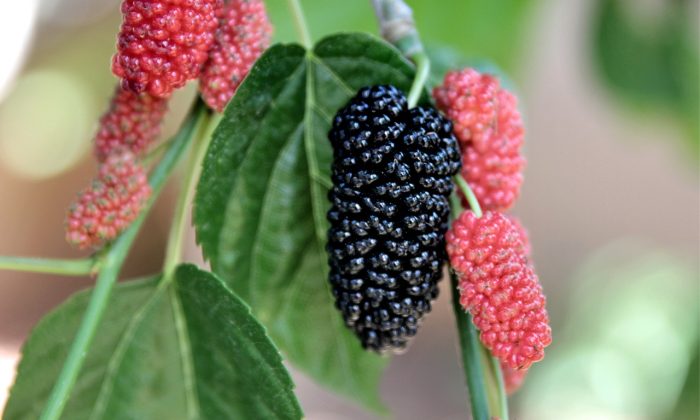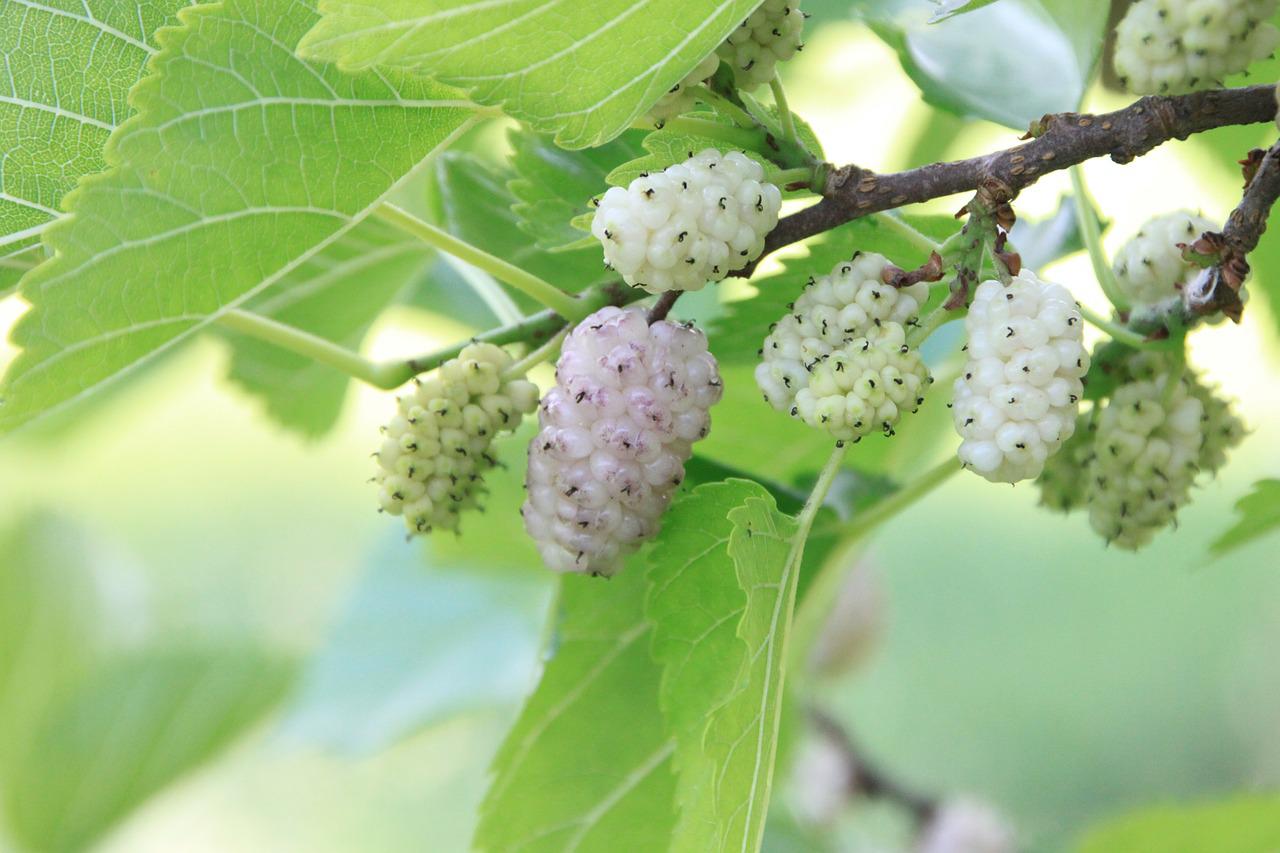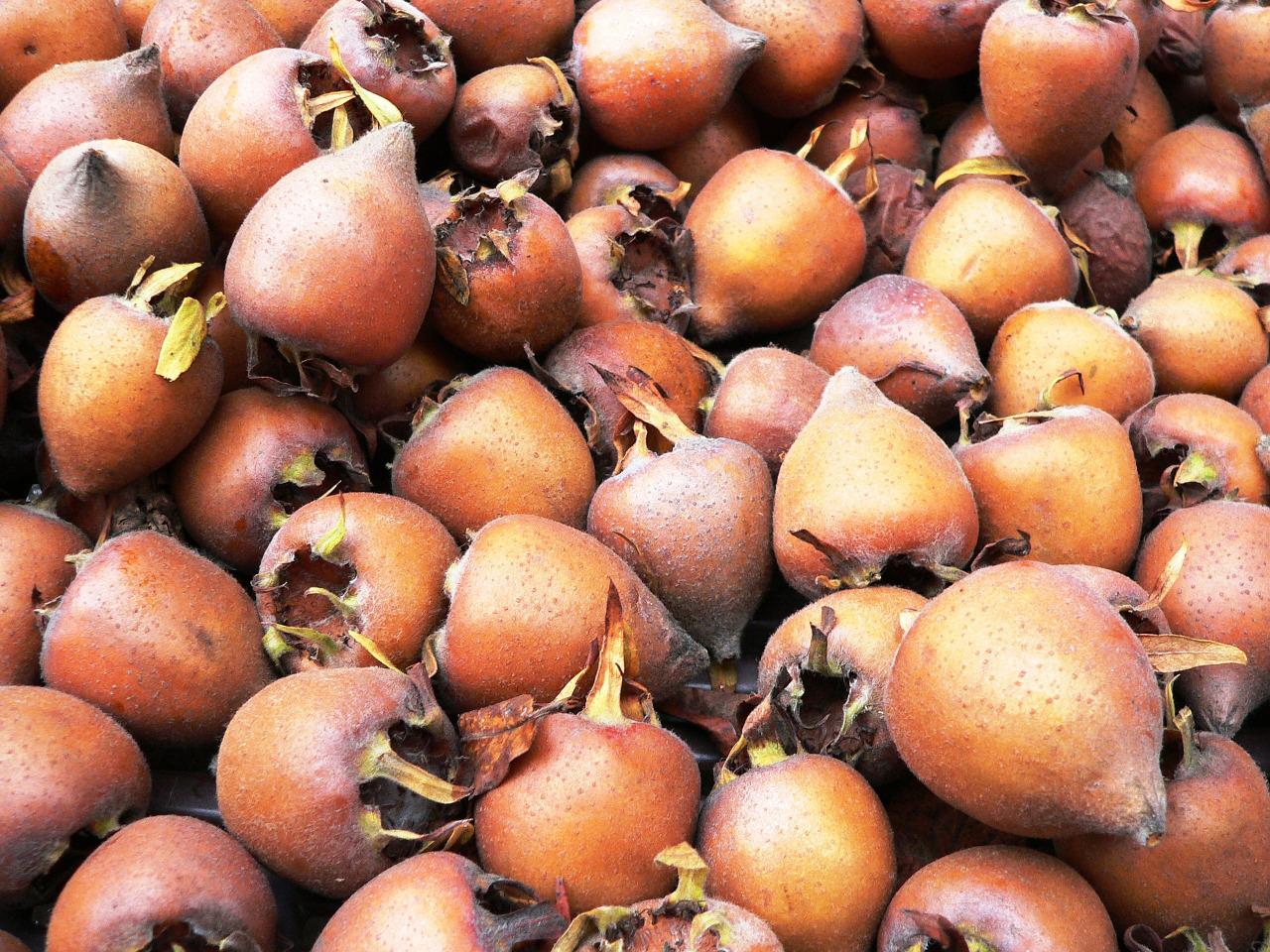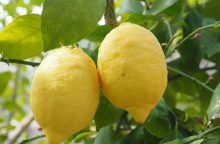Unknown fruit trees that are worth growing

Write a small list of fruit trees that are in your garden. Most likely you have currants, gooseberries (may be even jostaberry), cherries, plums, apricots … But what about mulberries, shadbush or common medlar? We bet you will not find those right? And that is a pity.
White mulberry tree can even handle polluted air
In China, they consider this tree very important plant, mainly because of silkworm breeding (by the way, attempts were made to breed silkworm in Europe during the pre-war period), and our (great) grandmothers liked this tree very much for its tasty fruits which resemble blackberries. Fruits are harvested during summer. Have you ever tried them? They are sweet as honey . Unfortunately, the white mulberry fruits (Morus alba) cannot be stored and are best for direct consumption, or you may use it to prepare homemade syrups and jams. These great trees are known for their high tolerance to polluted urban environment, they are self-pollinating and very easy to take care of.

Common medlar do not sweeten until after the first frost
Common medlar (Mespilus germanica) is a fruit shrub or tree which came from the East Asia. It loves loamy soils rich with calcium and it will grow in a partial shade without any problems. Do not be discouraged by the bitterness of its fruits. As soon as the first frosts hit, the fruit will miraculously sweeten up and will provide your body with vitamin C and malic acid. Try putting the fruit in to plum jam or marmalades. You will not regret, but as with any fruit, fresh is the best.

Shadbush does not mind freezing weather
This is true because shadbush (Amelanchier lamarckii) comes from Canada, which is famous for its harsh winters. Its fragrant flowers will please your senses already during the early spring – do not worry, they can deal with freezing temperatures down to -5 ° C. They produce little dark blue pomes , which resemble blueberries. However, their taste is different – sweet but also a little spicy. The fruits are usually processed or consumed directly.
Kamchatka blueberry does not need acidic soil
Do ordinary blueberries have hard time in your garden? Then try Kamchatka blueberries (Lonicera kamtschatica) . This plant is also resilient to cold temperatures and will already give you its first tasty fruits in May. And as an additional benefit your will enjoy a plethora of healthy nutrients such as vitamin C, potassium, phosphorus, calcium and B vitamins.
Photo: Pixabay

Gardening is my hobby, I have a lot of experience and I am happy to share it.








0 comments